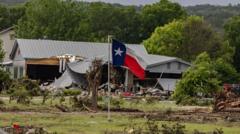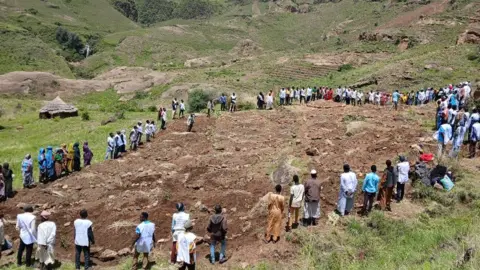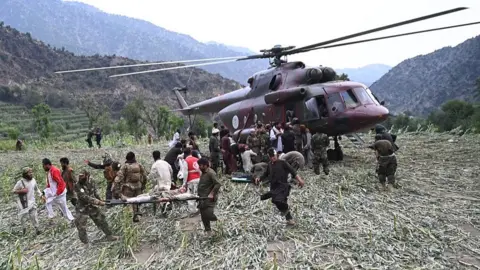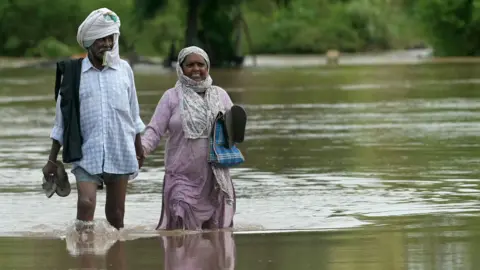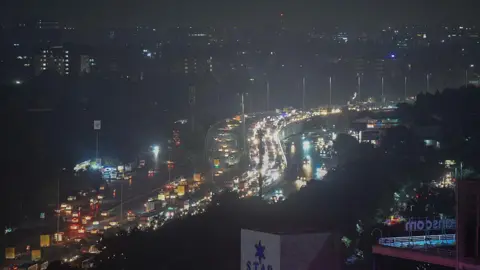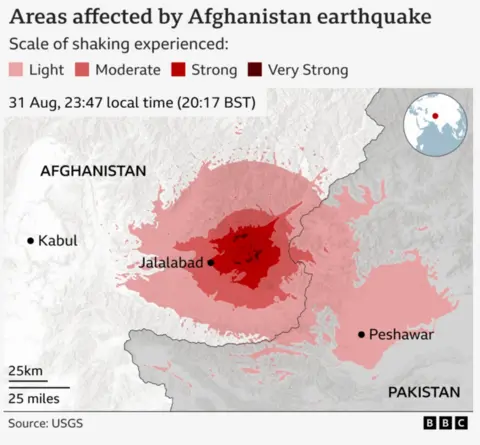Texas officials are grappling with significant backlash regarding their emergency alert communications during a catastrophic flash flood event that recently claimed the lives of at least 120 people in the Texas Hill Country. Kerrville, a town at the center of the disaster, has been particularly scrutinized, as reports reveal that residents were not informed about the rising floodwaters until hours after emergency responders had initially sounded the alarm.
At a press conference held Thursday, Kerrville Police community services officer Jonathan Lamb was unable to provide clarity on the situation following questions about a possible failure in police radio communications. The devastating floods occurred after a deluge of around 100 billion gallons of rain led to the rapid rise of the Guadalupe River, with 96 confirmed fatalities in Kerr County alone, including numerous children from a nearby Christian camp.
An audio recording revealed that a firefighter stationed upstream urged the Kerr County Sheriff's Office to send alerts to residents as early as 04:22 local time on July 4. However, it wasn't until approximately six hours later that a notification was sent through the County's CodeRED system. This delay, along with others highlighted during the press conference, raises pressing concerns about the timeliness and effectiveness of the emergency communications system.
Kerr County Sheriff Larry Leitha reported that he was first informed about the situation around "four to five" hours after the initial report and acknowledged that a full timeline analysis is underway, although he has prioritized ongoing search and rescue efforts. As of Thursday, more than 160 people remain unaccounted for, including five campers from Camp Mystic.
Despite multiple weather alerts issued prior to the flood, officials attributed the lack of evacuations to a mix of inadequate cell phone reception and diminishing public responsiveness to emergency alerts in the historically flood-prone area.
On the federal level, President Donald Trump approved a disaster declaration in response to Governor Greg Abbott's request, allowing the Federal Emergency Management Agency (FEMA) to commence recovery operations. Rescue efforts have involved over 2,100 responders, including helicopters, drones, and cadaver dogs to locate both survivors and victims trapped beneath debris.
Lt. Colonel Ben Baker from the Texas Parks & Wildlife Department emphasized the hazards and complexities involved in recovery. Efforts are ongoing to safely navigate through mounds of mud and wreckage, extracting victims while managing the risks that still remain from the floods.

